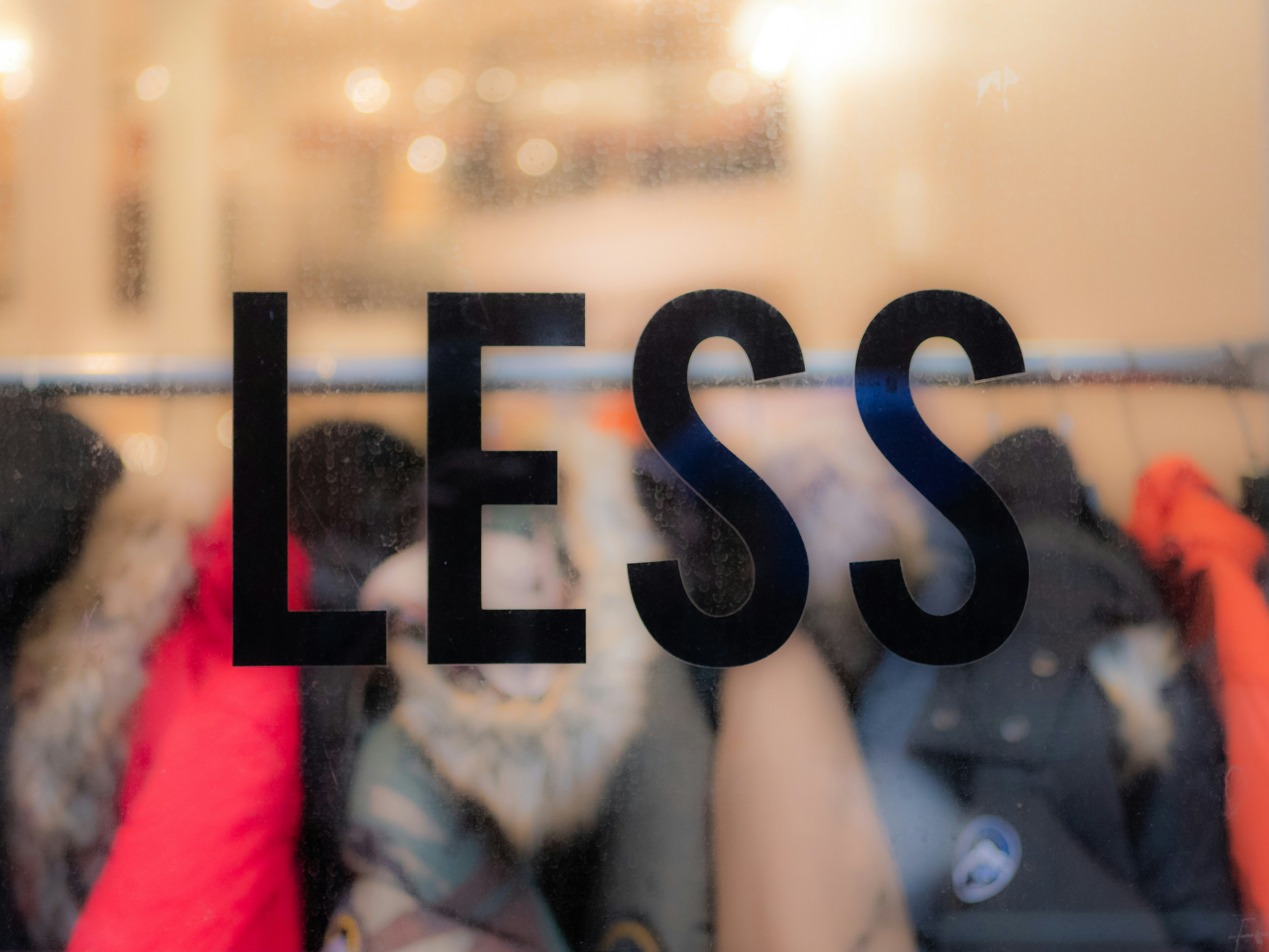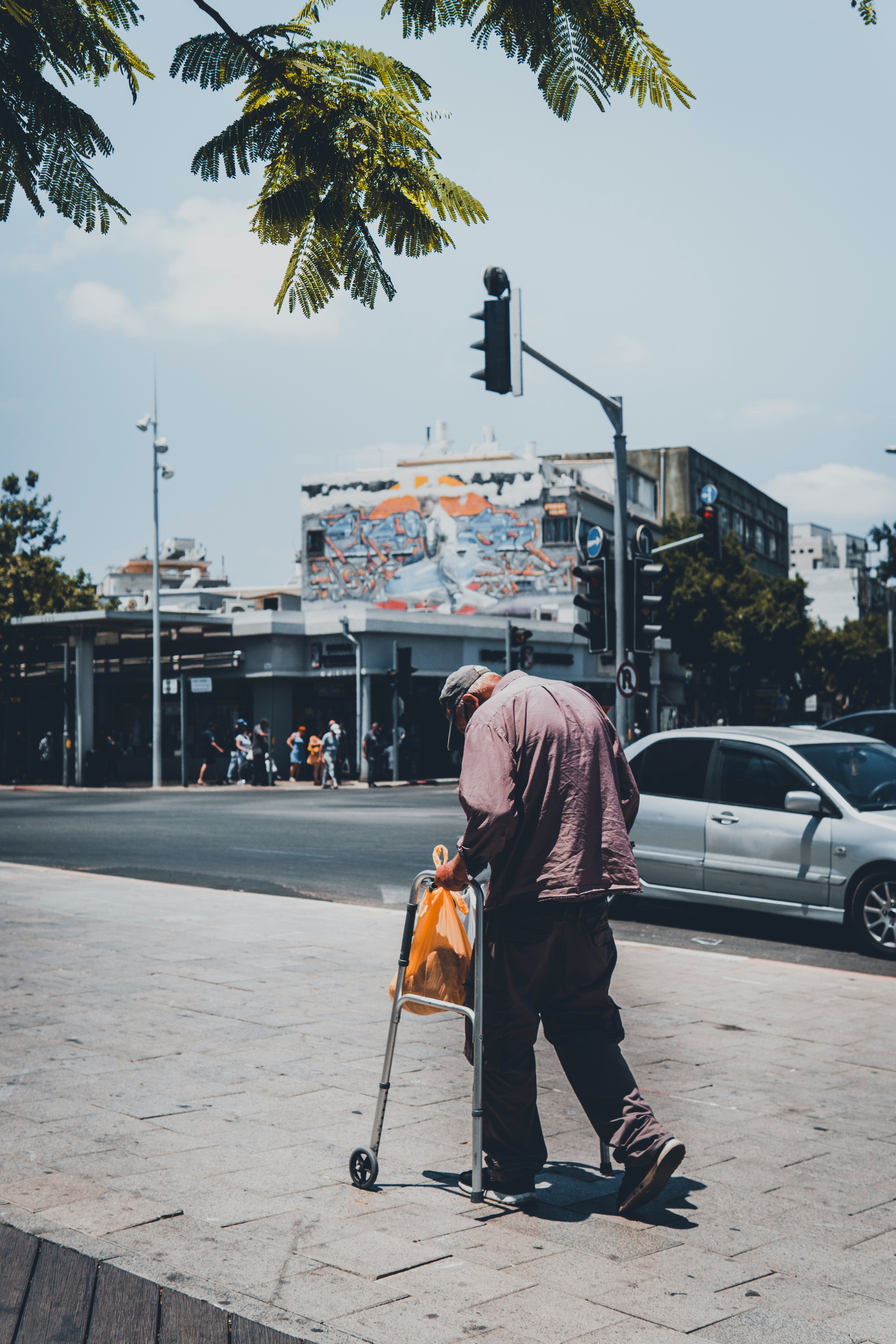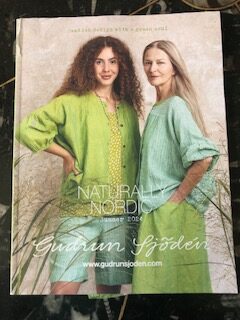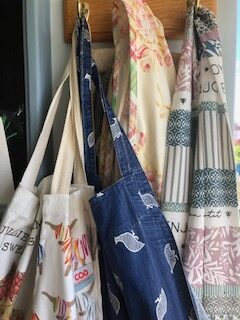It seems that we Brits are addicted to clothing. According to The Environmental Audit Committee, ‘We buy more clothes per person in the UK than any other country in Europe.’ Fast fashion, like fast food, is consumed almost as quickly as it is purchased. And our purchases do not sate our appetites but fuel them.
According to the same committee, ‘By 2030, global apparel consumption is projected to rise by 63%, from 62 million tons today to 102 million tons—equivalent to more than 500 billion additional T-shirts.’ It’s time for a rethink.

Excessive consumption of clothing hurts the planet and people. If you are interested in learning more, Oxfam has created a very readable blog on the topic, https://www.oxfam.org.uk/oxfam-in-action/oxfam-blog/new-shocking-facts-about-the-impact-of-fast-fashion-on-our-climate but I would like to focus on the positive ways that we can both enjoy fashion, whilst limiting our impact.
Clothes make the man
I love clothes. Wearing a pretty outfit makes me feel more confident and attractive. As a disabled person, I think that dressing well is even more important. When you use a stick or a wheelchair, you do not want to skulk in the shadows drawing looks of pity or worse.

We are constantly judged by our appearance, but new clothes cost money that we do not necessarily have. Disabled people are doubly disadvantaged, since they are physically and financially impaired. In the UK, there is a 44% income gap between themselves and the able bodied. (Resolution Foundation) And even someone as fortunate as myself, with a generous husband, is acutely aware that I am dependent on his generosity. I am not in a position to earn my own income and always feel a little uncomfortable spending his.
So the question is, How can I dress well for less?
Buy the best
Our parents and grandparents were fully aware that buying good clothes once is always more economical in the long run than cheap ones which barely survive their first wash.
The catch is that quality clothing comes with a higher price tag. One way to get around this is to ask for something special as a gift. I am always delighted to accept a gorgeous jumper for Christmas that I would never buy for myself. Alternately, beautiful clothing is easily sourced second hand at prices no greater than at cheap High Street stores. They are often the least worn. I found a beautiful cashmere jumper on EBay that had been worn once for £25 – the price of a decent T-shirt.
The 24 hour rule
If you were to ask anyone if they had items in their wardrobe that they had never or hardly worn, they would probably confess to buying them on impulse.
Stores and on-line sites are designed to woo you to part with your money for the enticing product on offer. Unfortunately, when we get the item home, it doesn’t match up to the hype. Underused clothes are desperately wasteful. So I recommend this little rule. Wait 24 hours and if you still want it, go for it. You might be surprised to find that you already have something similar in your closet or that you can easily live without it.
Sourcing with planet and people in mind
Though in environmental terms, pre-used clothes are best, we all like to get something new sometimes.
The production of anything has costs both to the planet and the people that make them. Unfortunately, the fashion industry tops the list for terrible employment practises. Most clothing is made by poorly paid women and girls working ridiculous hours in horrible conditions for pitiful pay.

But with a little research, you can find those companies who make some effort to provide good products whilst protecting workers and the planet.
And if you are looking for something specific that is ‘pre-loved’ the Internet gives endless options. Visiting shops and trying on clothes is exhausting for me – it is much better to search on EBay or other sites such as Freecycle, FBMarket or use the Vintage App.
Treating with care
Once you find the item you love, the next task is to keep it in good condition. Some of these suggestions are hilariously old-fashioned. Wear an apron, if like me, flour tends to fly when cooking. I have a rather snazzy range. They are always welcome gifts.

Image: Karen Costello-McFeat
Here are some other suggestions to keep the clothes you love longer:
- Only wash clothes when necessary. Small marks can be removed with a damp cloth and lightly worn outfits aired.
- Wear a cotton T-shirt underneath. It will protect delicate fabrics and remove the need for frequent washing.
- Be aware that many synthetic fabrics release plastic microfibres into the water supply when washed – so switch to natural fibres or wash sparingly.
- Air dry rather than tumble dry.
- Wash on the coolest setting. Modern detergents and washing machines do a great job on low temperatures on fast cycles.
If you love it, mend it
Clothes suffer from wear and tear like everything else, but the beauty of fabrics is that they are often easily mended. We can attempt to mend invisibly or make it a feature of the item. YouTube is full of wonderful videos on the Japanese mending method called Sashiko. Once used by the poor to mend their clothes, it is now the height of fashion.
I appreciate that sometimes mending costs are high – but if the item fits and is something your love, it is probably worth the expense.
What you can’t mend, repurpose
And if you can’t mend it, repurpose it! Old shirts make excellent cushions covers and a jumper accidentally put in the hot wash makes great felt. Jane used hers to make a beautiful soft glasses case for Penny. The options are as endless as the uses for fabrics themselves. But when they really get to the end of their life, they make great wash cloths and if made from natural fibres, can go on the compost heap.


Give and Take
Shockingly, ‘Around 300,000 tonnes of textile waste ends up in household black bins every year, sent to landfill or incinerators. Less than 1% of material used to produce clothing is recycled into new clothing at the end of its life. — House of Commons Environmental Audit Committee, 2019
This is an incredible waste when all these items can easily be donated instead. Decent quality clothing is always welcome at charity shops and you can increase your gift by signing a Gift Aid form. That way, for every £1 your donation brings, the charity receives an extra 25p.
And while you’re there, you may well just pick up a bargain yourself.
Look great and feel good
If we take care of what we have, mend, repurpose and consider buying second -hand, we can both look great and feel good. Our actions will help preserve precious resources and support good causes. Shopping for new, ethically sources products helps workers and world alike.
Its time to reject the concept that only new is good. We cannot afford to maintain it. After all, a rose that is second hand is still a rose.
